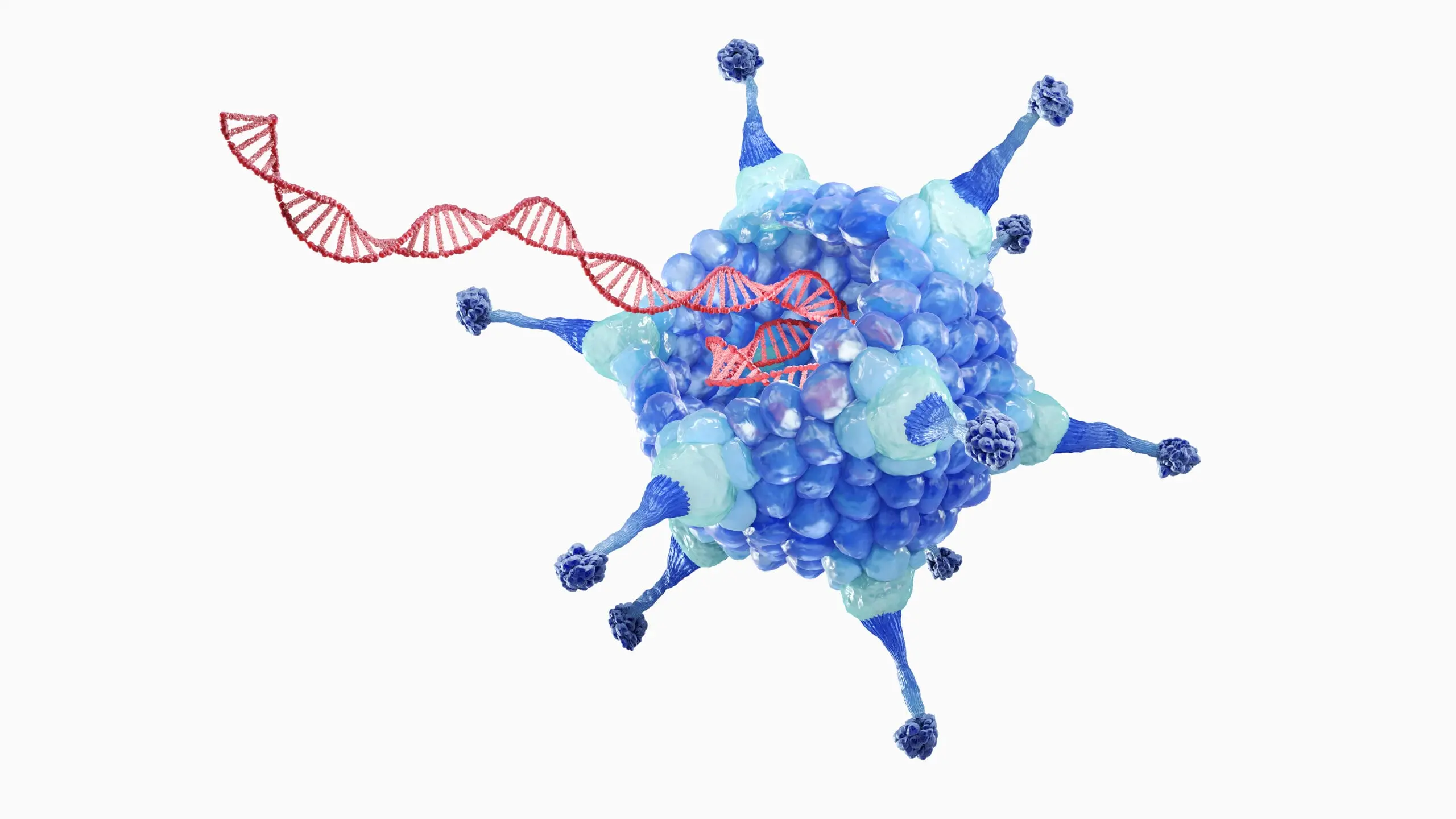Latest Advances in Childhood Asthma Treatments for 2025
Childhood asthma remains a significant health concern, but new treatments for asthma in children are offering improved relief and better management of symptoms. In 2025, innovations in biologic therapies, smart inhalers, and personalized medicine are transforming the way pediatric asthma is treated. This guide explores the latest advancements and how they benefit children with asthma.
Breakthroughs in Childhood Asthma Treatments
1. Biologic Therapies for Severe Asthma
Biologic drugs target specific molecules involved in asthma inflammation, offering personalized treatment for children with severe cases. In 2025, new biologic medications are improving symptom control and reducing asthma attacks.
Key Benefits of Biologic Therapies:
- Reduced dependency on corticosteroids
- Fewer asthma attacks and hospitalizations
- Personalized treatment based on genetic markers
2. Smart Inhalers for Better Asthma Management
Smart inhalers now come equipped with sensors that track medication usage and provide real-time data to doctors and parents. These inhalers help ensure children adhere to their prescribed treatments.
Features of Smart Inhalers:
- Bluetooth connectivity to sync with smartphones
- Reminders for missed doses
- Data sharing with healthcare providers
3. Personalized Medicine and Genetic Testing
Advancements in genetic research are allowing for personalized asthma treatments based on a child's genetic makeup. This approach helps doctors select the most effective medications with minimal side effects.
How Genetic Testing Improves Treatment:
- Identifies specific asthma triggers
- Customizes medication plans for better effectiveness
- Reduces trial-and-error prescribing
Comparing New and Traditional Asthma Treatments
| Treatment Type | Traditional Approach | Latest Advances in 2025 |
|---|---|---|
| Medication Delivery | Standard inhalers, nebulizers | Smart inhalers with real-time tracking |
| Anti-Inflammatory Drugs | Inhaled corticosteroids | Biologic therapies targeting inflammation |
| Personalization | One-size-fits-all medications | Genetic testing for tailored treatments |
| Monitoring | Manual tracking of symptoms | AI-powered apps for monitoring asthma |
Lifestyle and Environmental Improvements
Beyond medications, managing childhood asthma effectively in 2025 involves smart home technologies and AI-powered air quality monitors. These innovations help parents create healthier indoor environments.
Key Environmental Tools:
- AI-based air purifiers that detect allergens
- Wearable devices monitoring lung function
- Smart home systems adjusting humidity levels
Conclusion
The latest advances in childhood asthma treatments in 2025 are revolutionizing care by making it more personalized, effective, and manageable. From biologic therapies to smart inhalers and genetic-based treatments, children with asthma can now enjoy better health and improved quality of life.
Explore

Recent Advances in Gene Therapy: Transforming Treatment for Genetic Diseases

Online Colleges for Early Childhood Education: Advancing Your Career in Child Development

Find The Best Hair Loss Treatments for Men & Women

Top 5 Male Enhancement Supplements and 5 Best Erectile Dysfunction Treatments

What Are the Most Effective Pancreatic Cancer Treatments in 2025?

How to Achieve Fast Bowel Relief: Tips and Treatments for Quick Relief

Best Home Improvement Contractors Near Me

Find Best Local Roofers & Roofing Contractors Near Me
